There’s nothing quite like settling into your couch after a long day. But when your pet has an accident, that cozy moment can turn into stress. The smell, the stain, the worry— it adds up.
If that sounds familiar, you’re in the right place. In this guide, you’ll learn the best way to get pet urine smell out of your couch, whether the stain is fresh, dried, obvious, or hidden. You’ll walk through clear steps, smart alternatives, and how to protect your furniture for the long run.
- Why Pet Urine Smell Lingers
- Step 1: Check Your Couch’s Care Label
- Step 2: Deal With Fresh Pet Urine Immediately
- Step 3: How to Get Rid of Dried or Persistent Odours
- Step 4: How to Clean Couch Cushions and Cover Materials
- Step 5: Prevent Future Pet Accidents & Odours
- Step 6: When DIY Isn’t Enough – Call a Professional
- Frequently Asked Questions (FAQ)
- Final Thoughts
Why Pet Urine Smell Lingers
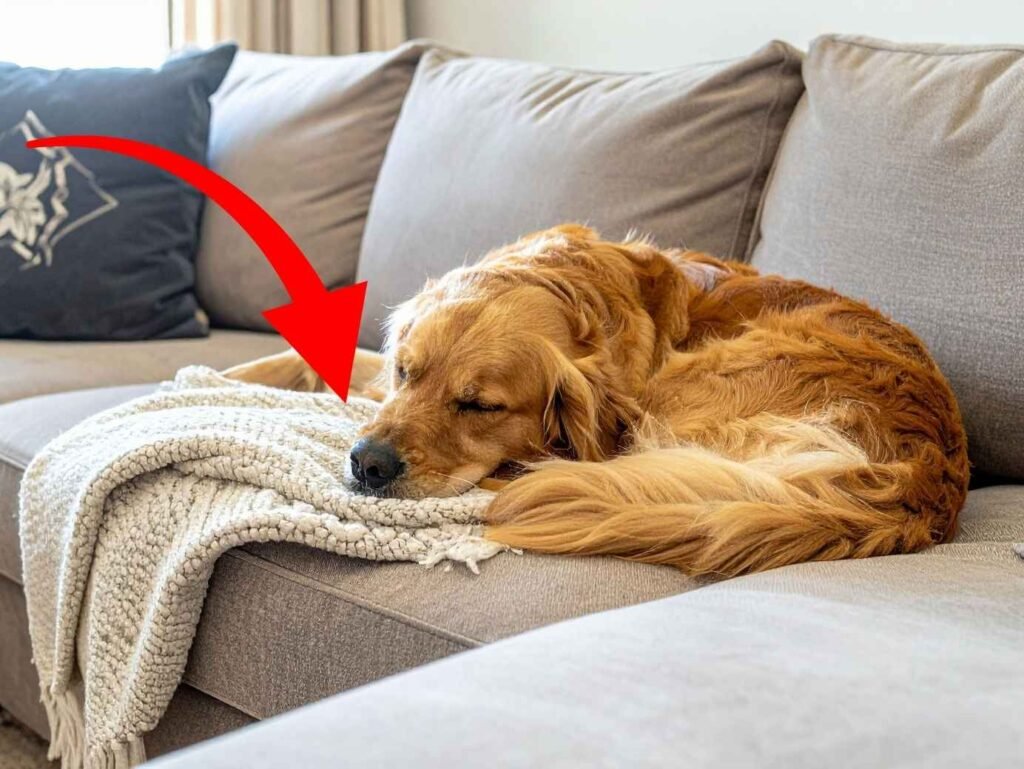
When a pet urinates on fabric or upholstery, it’s not just liquid you’re dealing with. Urine leaves behind uric-acid crystals that settle into fibers and padding. These crystals reactivate with moisture, heat or even body contact—so the smell can keep coming back.
Even if you cleaned the surface, if the cleaning didn’t reach deep enough, those crystals remain. That’s why understanding how to eliminate the source rather than just mask the smell is vital.
Step 1: Check Your Couch’s Care Label
Before doing anything else, take a peek at the care tag on your couch. It will tell you how safe it is to use water-based cleaners, or whether you should avoid wet cleaning altogether. Common codes include:
- W – water-based cleaning safe
- S – solvent or dry cleaning only
- W/S – either water or solvent is usually fine
- X – vacuum only; professional cleaning recommended
Knowing this helps you avoid damage. If your couch says “X” (or the fabric feels delicate or unusual), you may want to call a pro instead of risking a DIY attempt.
Step 2: Deal With Fresh Pet Urine Immediately
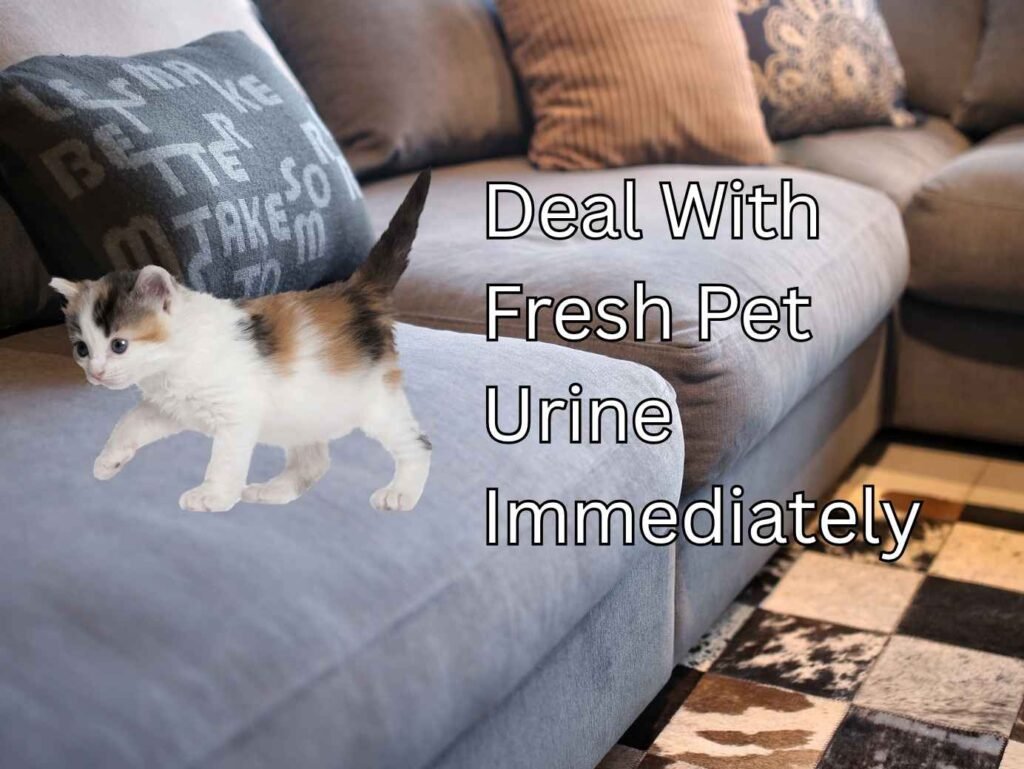
Time is on your side if you act quickly. The sooner you address the accident, the less likely the smell will set in deep.
What to do right away:
- Blot up as much of the urine as possible with paper towels or a clean cloth. Press gently—don’t rub, which could spread it.
- Mix a cleaning spray: 1 part white vinegar + 1 part warm water. Lightly mist the area—don’t soak it. Vinegar helps neutralise the ammonia smell in urine.
- Blot again with a clean cloth to lift moisture.
- Sprinkle baking soda over the spot while still damp. Let it sit for several hours (ideally 8–12 hours) to absorb odor and moisture. Then vacuum it up.
If the area still smells after this, move to the next step.
Step 3: How to Get Rid of Dried or Persistent Odours
Older stains or smells mean the uric acid crystals have had time to settle. You’ll need a deeper solution.
Deeper cleaning method:
- Use an enzymatic cleaner designed for pet urine (these break down the uric acid crystals). Apply generously, follow instructions, then allow it to air dry fully.
- After enzyme treatment, you can still apply the vinegar + baking soda routine if the smell lingers.
- Always dry thoroughly—moisture trapped in cushions or padding will bring the smell back.
Avoid using steam cleaners or high heat: heat can “set” the odor or push it deeper into the couch.
Step 4: How to Clean Couch Cushions and Cover Materials
Your couch might have removable cushion covers—or built-in upholstery. The approach will differ.
If covers are removable:
- Remove them and follow the manufacturer’s instructions. Some machine-wash with mild detergent + a splash of white vinegar.
- For persistent smells: After washing, you can sprinkle baking soda on the dry cushion foam (if safe) and vacuum it later.
If covers are non-removable:
- Apply the cleaning solution carefully to the surface (vinegar, enzyme, etc.).
- If urine soaked into the foam beneath, you may need to lightly rinse the foam (cool water) then press out moisture (don’t wring) and let it air-dry upright for 24–48 hours. Avoid heat.
Step 5: Prevent Future Pet Accidents & Odours
Cleaning is one part. Preventing repeat accidents and odor issues is another. Here are smart household tweaks:
- Use washable slipcovers or throws on your couch to protect upholstery.
- Place a pet training pad or designated blanket where your pet tends to sit so that if they do have an accident, it’s easier to clean.
- Use natural pet-repellent sprays (citrus or eucalyptus scents) to discourage pets from marking the same spot again.
- Keep a black-light flashlight on hand—it can help you spot invisible urine marks which could be causing ongoing smell issues.
- Vacuum your couch regularly and address any small accidents immediately to avoid build-up of residue.
Step 6: When DIY Isn’t Enough – Call a Professional
Sometimes despite your best efforts the smell persists. Maybe the padding is saturated, the frame is affected, or the fabric is delicate and “X”-coded.
In these cases:
- Contact an upholstery cleaning professional. They’ll have extraction equipment that pulls deep moisture and uric residue out of cushions and frames.
- Ask if they apply an odor-neutralising treatment after extraction.
- Once cleaned professionally, you’ll still want to maintain with the DIY care tips above to keep it fresh going forward.
You May 💖 Easy Carpet Cleaning Recipe with Vinegar
Frequently Asked Questions (FAQ)
Will vinegar alone remove pet urine smell from a couch?
Vinegar helps neutralise surface odor and fresh urine stains. But if the smell has penetrated deep into the cushions or padding, you’ll likely need an enzymatic cleaner too.
Can I use a steam cleaner on pet urine stains?
Generally not recommended. High heat and steam can activate the uric acid crystals and lock in odor rather than remove it.
How long should I let baking soda sit on the couch before vacuuming?
Ideally 8–12 hours (or overnight) for best odor absorption. Quick touch-ups of 1–2 hours help, but deeper smells will benefit from longer wait time.
Is it safe to use enzyme cleaners on all couch fabrics?
Mostly yes for upholstery-safe fabrics, but always check the care label and do a spot test. For “S” or “X” coded fabrics, check with a professional.
Final Thoughts
Your couch is meant for comfort and relaxation— not worrying about lingering smells. With the right steps and care you can restore your couch and reclaim that inviting space.
Start by acting quickly, keep the process gentle and consistent, and when needed, bring in professional help.
Your pets, your furniture, and you will appreciate the difference.

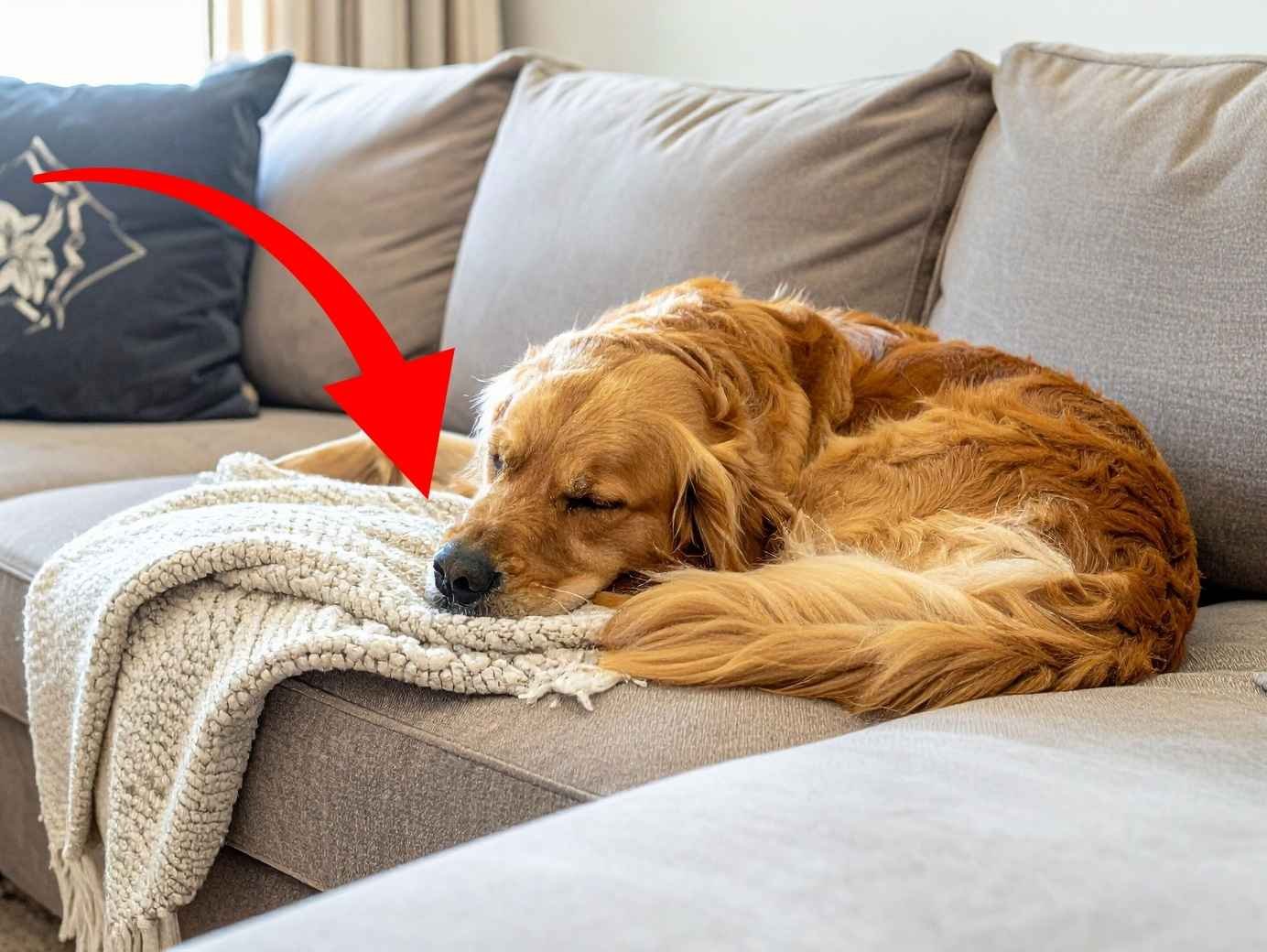
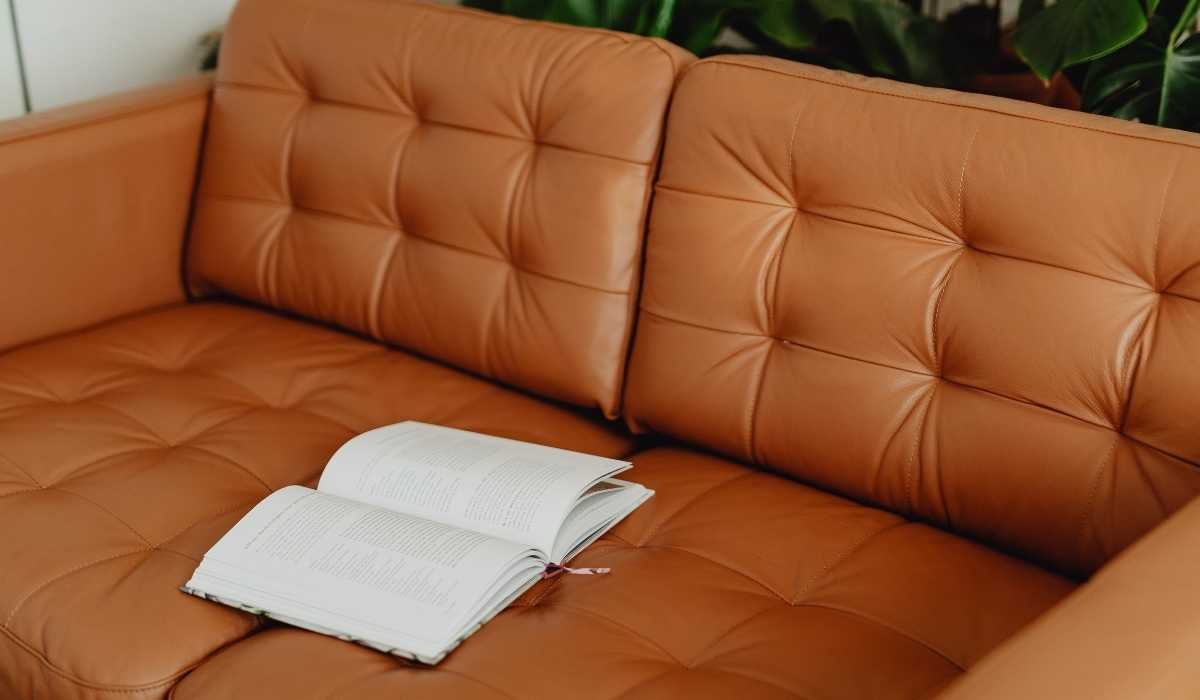
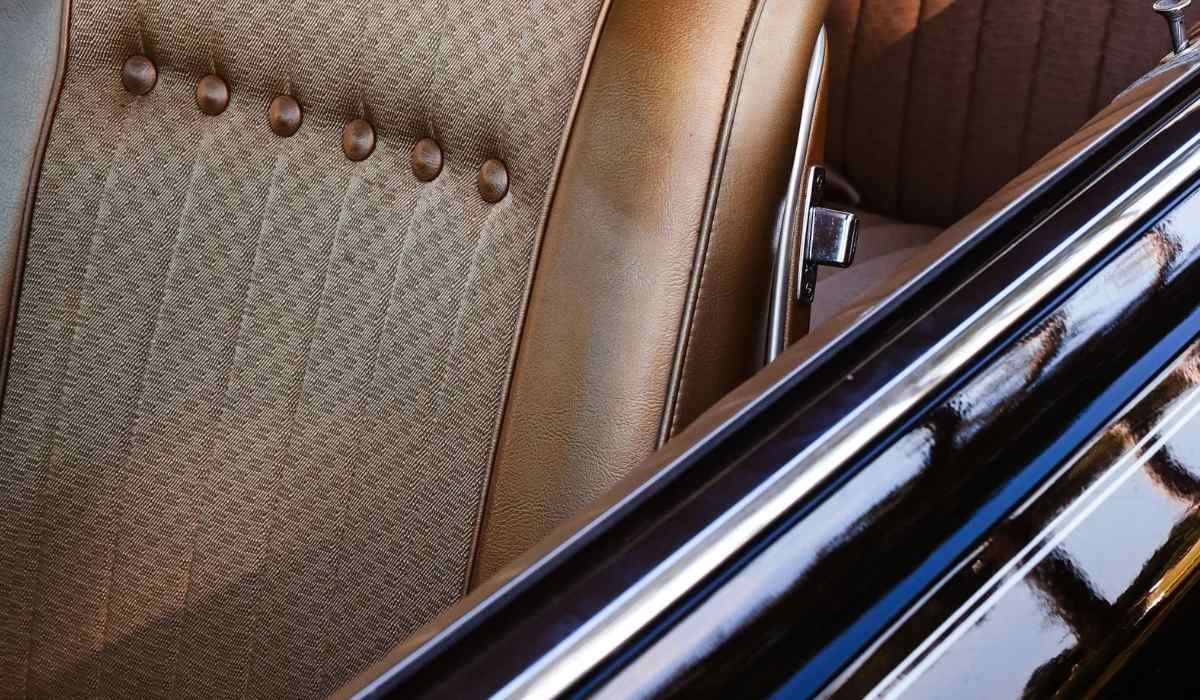
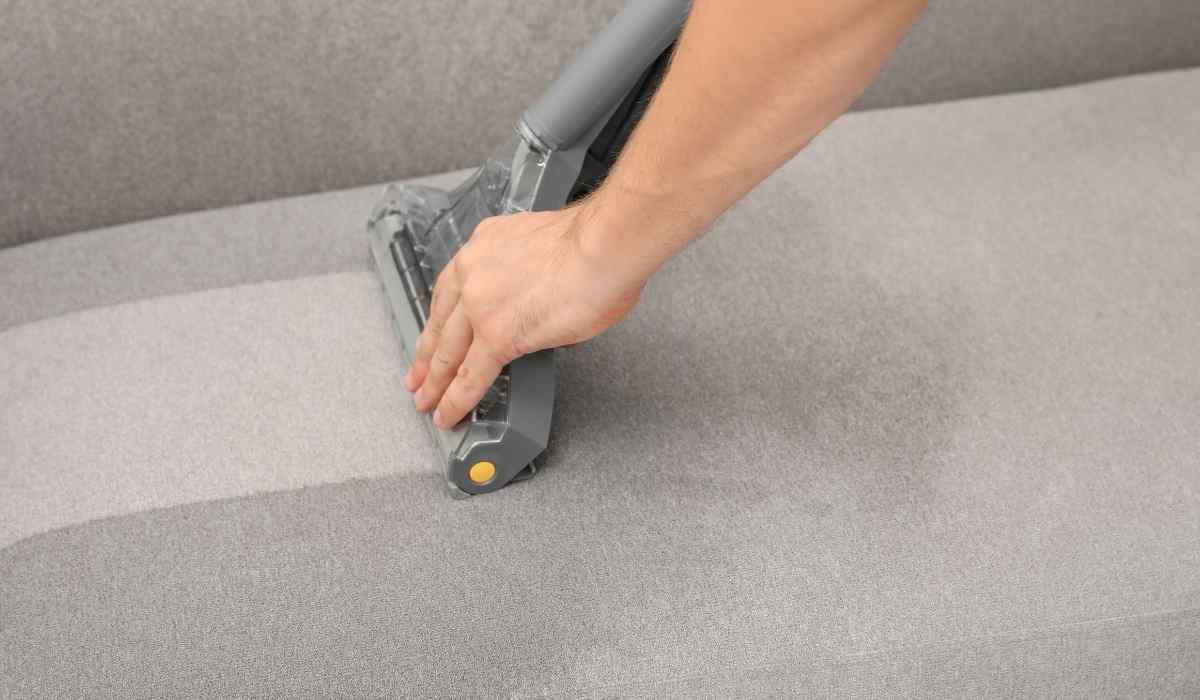
Leave a Reply